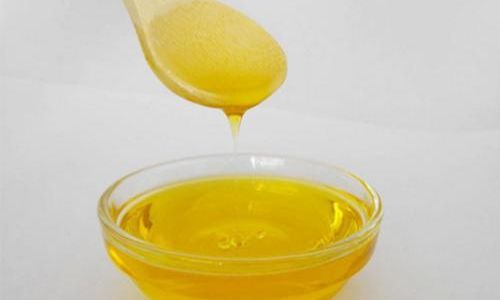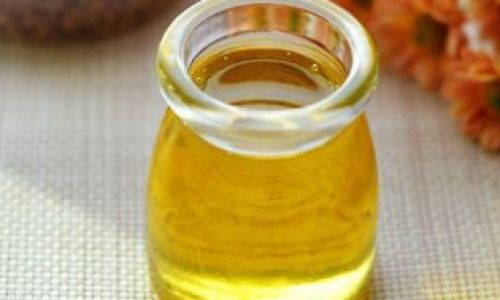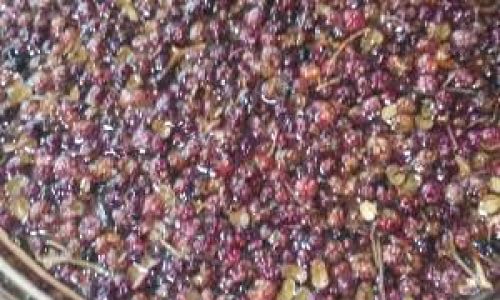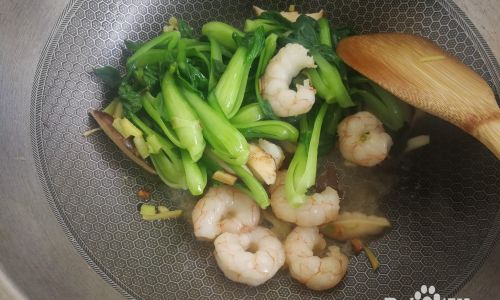Table of content
Introduction
Sesame oil, known for its nutty aroma and rich flavor, is a staple in many cuisines worldwide. From Asian stir-fries to Mediterranean dips, this versatile oil enhances the taste of numerous dishes. While you can easily purchase bottles of sesame oil from the grocery store, making your own at home offers a sense of accomplishment and allows you to control the quality and purity of the final product. In this comprehensive guide, we’ll walk you through the step-by-step process of how to make sesame oil, from selecting the right sesame seeds to storing your finished product.
Understanding Sesame Oil
Before diving into the production process, it’s essential to understand the basics of sesame oil. Sesame oil is extracted from sesame seeds, which are tiny, flat, and come in various shades ranging from white to black. The type of sesame seed used determines the color and flavor profile of the oil. For instance, white sesame seeds yield a lighter, more neutral oil, while black sesame seeds produce a darker, more robust, and aromatic oil.
There are two primary types of sesame oil: toasted (or aromatic) and untoasted (or refined). Toasted sesame oil is made from seeds that have been roasted before pressing, giving it a deep, nutty flavor. Untoasted sesame oil, on the other hand, is made from raw seeds and has a lighter, more neutral taste, suitable for cooking and baking where a subtle sesame flavor is desired.

Ingredients and Equipment
Before starting, gather the following ingredients and equipment:
-
Ingredients:
- Sesame seeds (white or black, depending on your preference)
- Water (optional, for the water extraction method)
-
Equipment:
- A heavy-bottomed pot or wok
- A stirring utensil (wooden spoon or silicone spatula)
- Cheesecloth or a fine-mesh strainer
- A clean, dry jar with a tight-fitting lid for storage
- An oil press (optional, for mechanical extraction)
- A thermometer (optional, but helpful for temperature control)
Step-by-Step Guide to Making Sesame Oil
Selecting and Preparing the Sesame Seeds
Begin by selecting high-quality sesame seeds. Look for seeds that are fresh, free from mold, and have a uniform color. If you’re making toasted sesame oil, lightly roast the seeds in a dry pan over medium heat until they turn golden brown and release a nutty aroma. Be careful not to burn them, as this will impart a bitter flavor to the oil.

For untoasted sesame oil, you can skip the roasting step and proceed directly to the extraction process.
Extraction Methods
There are two main methods for extracting sesame oil: the traditional water extraction method and the mechanical pressing method. Each has its own set of pros and cons.
Water Extraction Method
This method is traditional and involves using water to separate the oil from the sesame seeds. Here’s how to do it:
- Grinding: Grind the sesame seeds into a paste using a food processor or mortar and pestle.
- Mixing with Water: Add a small amount of water to the sesame paste and mix well to form a smooth slurry. The ratio of seeds to water can vary, but a good starting point is 1 part water to 2 parts sesame paste.
- Boiling: Transfer the slurry to a heavy-bottomed pot and bring it to a boil over medium heat, stirring constantly to prevent scorching.
- Skimming: As the mixture boils, oil will start to separate and rise to the surface. Use a spoon to skim off the oil and pour it through a cheesecloth or fine-mesh strainer to remove any impurities.
- Repeating: Continue boiling and skimming until no more oil is visible on the surface. You may need to add more water and repeat the process to extract all the oil.
- Drying: Place the collected oil in a clean jar and let it sit for a few days to allow any remaining water to separate and settle at the bottom. Decant the clear oil into another jar, discarding the watery sediment.
Mechanical Pressing Method
This method is faster and more efficient, especially for larger quantities. Here’s how to do it:

- Preparing the Seeds: If you’re making toasted sesame oil, ensure the seeds are fully cooled after roasting. For untoasted oil, use the seeds as they are.
- Pressing: Feed the sesame seeds into an oil press following the manufacturer’s instructions. The press will crush the seeds and extract the oil.
- Filtering: Collect the pressed oil in a clean container and let it settle for a few hours. Use a cheesecloth or fine-mesh strainer to remove any sediment or particles.
Storing Your Sesame Oil
Proper storage is crucial to preserve the quality and flavor of your homemade sesame oil. Here are some tips:
- Bottling: Pour the filtered oil into a clean, dry jar with a tight-fitting lid. Avoid using plastic containers, as they can leach chemicals into the oil over time.
- Light and Temperature: Store the oil in a cool, dark place. Exposure to light and heat can degrade the oil, causing it to lose its flavor and aroma.
- Shelf Life: Homemade sesame oil can last for several months if stored properly. However, it’s best to use it within six months to a year for optimal flavor.
Tips and Tricks for Making the Best Sesame Oil
- Quality Seeds: Always use high-quality sesame seeds for the best results. Fresh seeds will yield more oil and a superior flavor.
- Roasting Temperature: When roasting seeds for toasted sesame oil, keep the temperature low and stir frequently to prevent burning.
- Patience: Both extraction methods require patience. Don’t rush the process, as it will affect the quality of your oil.
- Filtering: Proper filtering is essential to remove impurities and ensure a clear, smooth oil. Use cheesecloth or a fine-mesh strainer for the best results.
- Experimentation: Try making both toasted and untoasted sesame oil to see which you prefer. You can also experiment with different types of sesame seeds (e.g., brown or hulled) to discover new flavors.
Conclusion
Making your own sesame oil is a rewarding experience that allows you to control the quality and flavor of the final product. Whether you choose the traditional water extraction method or the more efficient mechanical pressing method, following the steps outlined in this guide will help you produce delicious, high-quality sesame oil. With proper storage, your homemade sesame oil will enhance the taste of numerous dishes, adding a touch of authenticity and flavor to your culinary creations. So, why wait? Gather your ingredients and equipment, and start making your own sesame oil today!





0 comments